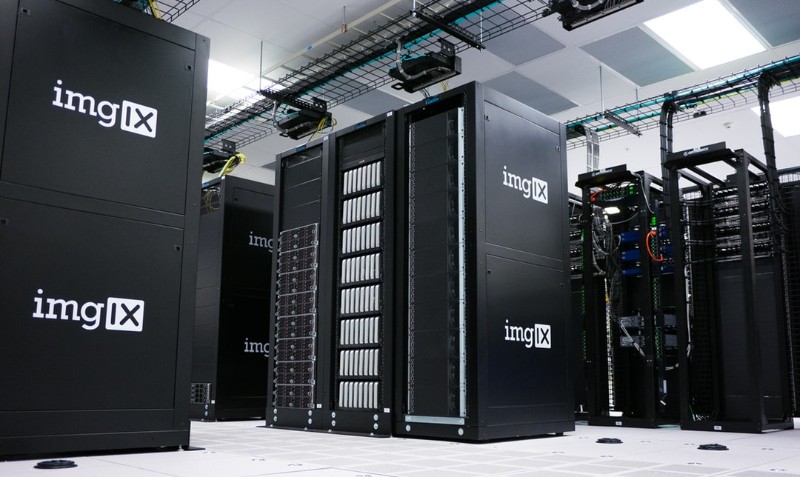Preparing to Move Your Data Center? Use This 20-Step Guide to a Successful Move to Get It Done!
 If you're preparing to move your data center, you need to make sure all your bases are covered before the transition begins. These steps will help.
If you're preparing to move your data center, you need to make sure all your bases are covered before the transition begins. These steps will help.
Moving a data center is a huge undertaking. There is more to the relocation than packing up servers and taking them to the new data room. To ensure you cover every aspect of the project, strategic planning must take place.
Once it is determined that a move is taking place, all key players need to come together to map out the move from A to Z.
The first order of business is to determine if your IT team is capable of handling the move. If not, you may need to factor in the expense of bringing in a data migration project management team.
Continue reading our 20-step moving checklists guide for businesses preparing to move a data center.
1. Inspect Current Data System
Now is the time to inspect your current data system. When systems are up and running, it is easy to overlook their age.
During a move, data systems are taken offline. This is the perfect time to check the condition of each unit and estimate their remaining life cycle.
2. Replace all Outdated Components
As your IT team prepares for the move, data gets copied to the new equipment without interfering with day-to-day operations.
This is also a good time to explore more modern equipment that is smaller and more powerful. Freeing up office space is always a plus for a growing business.
3. Create a Layout of the Existing Floorplan
If your new data center will resemble the current center in dimensions, duplicating the layout will make things easier. Create a layout of your current center. The outline will show the location of each piece of equipment.
For new locations that are different in size reconfiguring the layout now will save time.
4. Create an Inventory
Companies should have the means to catalog their assets and inventory. For insurance purposes, the list needs to include every piece of office equipment. During a move, it is a good idea to make sublists for each office.
The data center moving checklists will include all servers, computers, cables, and wiring. A system that identifies every detachable component associated with each unit will also help when restoring the data center.
5. Develop a Security Plan
The role of securing data is the primary function of the IT team.
Phase one:
Maintain current security protocols until the move begins.
Phase two:
Protect data during the period servers get packed and unpacked at the new location.
Phase three:
Secure data during the system installation at the new location. Recheck systems after it is back online.
6. Make a Budget for the Data Center Relocation
Having a budget is crucial. Carefully think things through. You do not want to overlook any expense.
Start with the smallest and move up to the greatest costs. Don't forget to include overtime pay for IT staff. Minor things like boxes and packing materials go on the list as well.
7. Hire a Data Center Relocation Service Provider
When choosing a relocation company select one that offers a project manager. Having a personal contact goes a long way in planning out the logistics.
Here are important questions to ask:
Will the company pack the equipment?
What type of vehicles are used by the company to transport the cargo?
Don't hesitate to ask if the provider uses unmarked vehicles for moving computers, servers, and other sensitive equipment.
Who is responsible for unpacking the equipment and discarding of moving containers?
8. Set a Move Date
Part of planning a move is having a definite date the move will take place. This is important because you want to ensure all of the key players are in place and ready to do their part.
When considering a move date think about the time of day, the day of the week, and if there are holidays that can affect the schedule. Weekends make the best time for moves of this nature. Ask your relocation provided if this is an option.
9. Perform a Mock Test Run
A week before the actual move perform a mock test run. During this procedure, walk through every aspect of the move. It will give you realistic expectations for resuming your normal operations.
Don't forget to invite the project manager from the relocation company.
10. Have a Strategy Session to Work Out the Kinks
Following your mock test run, plan an effective strategy session to work out any kinks revealed. If you have to reschedule for any reason contact the relocation company as soon as possible.
Work out the kinks as soon as possible, because issues may arise where team members and service providers aren't available.
11. Start Preparing to Move to the New Location
Have access to the new location before your move. You can begin moving nonessential items ahead of the actual move.
Use a moving planner to lists daily tasks. A team member can make sure every task has been completed. If something was not done the assigned person is contacted.
This is also the time for the relocation team members to double check their responsibilities and keep their employees on task.
12. Do a Full Data Back-up
Prior to the move, a full data backup is completed. As part of the data center relocation plan, have a contingency plan.
A cloud-based backup system offers sophisticated backup functionality and security for your data. Not only is it recommended to use a cloud-based backup for your servers, but it is also a good idea to backup each dek and laptop device.
13. Tag all Equipment
Any time a company purchases equipment it is wise to tag and log the item in an inventory catalog. Prior to the move is a good time to verify that all business property is tagged and logged. It is also an opportunity to verify nothing is missing.
Following the move do a second review to verify that all property has made it to the final destination. This is also important for insurance purposes.
14. Prepare Staff for Downtime
The move will impact all employees.
If the relocation is taking place during the week systems will go offline temporarily. In cases where the entire business is moving, employees will need their own moving checklist to prepare.
15. Notify Clients
Your staff is impacted by the move, as well as your clients and vendors. It is important to have an external plan for everyone impacted by the move.
Include a notice with their monthly statement or send out an email notice. You should also add a notice to your website explaining systems may not be available. List the dates, start and end times. Let them know which systems the outage will impact.
16. Bring in the Relocation Team
Now that the move is done, it is time to get back to business. Once everything has been safely delivered, gather the relocation team for their next steps.
Responsibility for a smooth transition back to normal operations falls on the core team. The project manager from the relocation provider should remain available to assist the IT team in getting equipment to its proper location.
17. Unpack System at New Location
Once everything is unpacked and accounted for its time for the IT team to get busy getting the operations back online. They will also check to make sure all cables and components are in place.
Performance tests are conducted to ensure the servers have been successfully set up. Any glitches and loss of data are reported immediately. If a cloud-based backup was implemented as a second source, it will make for a quick recovery.
18. Do a Test Run to Ensure Everything Is Working Properly
A series of tests are performed to ensure systems are running efficiently. Careful attention is given to software applications that can directly affect the client's user experience.
The team will also want to check all security protocols for any breaches. Businesses must remain compliant with federal laws to protect data on their systems. If there are any flags or concerns, they need to be dealt with immediately.
19. Get Staff Up and Running
Once the data center is back up and functional, the IT team can assist employees in getting their computers back online.
IT will have specific responsibilities when it comes to assisting employees. Their immediate goal is getting the company back operational.
Employees with a non-essential request can complete a work request.
20. Close Old Facility
The final step on your moving checklist is closing your old facility. The amount of work needed will weigh heavily on the extent of the move. If moving out of a facility adhere to the terms of your lease.
Have a walk-through with the management company and if all is well complete exit requirements.
This is a huge accomplishment. Celebrate your team's hard work.
Is it Time to Move to the Cloud?
Preparing to move servers to a new data center is time-consuming and costly. Ask yourself, is it time to consider moving your data to cloud-based servers.
When the time comes you will need a data center decommissioning. Trust the disposal of your IT equipment to us.
Click here for more information.
